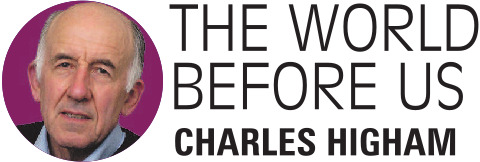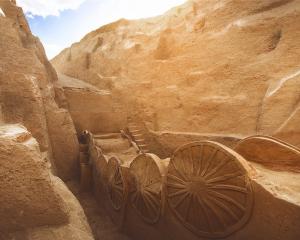
However, few recorded conflicts have centred on an archaeological site. But the airwaves have covered the sound of artillery fire along the border between Thailand and Cambodia - not for the first time.

The problem is who owns the great Angkorian temple of Prasat Preah Vihear. That is its Cambodian name; the Thai call it Phra Viharn. This magnificent temple is located on the summit of the Dang Raek escarpment, along which lies the disputed border between the two countries that have a long history of mutual dislike. Choosing this eyrie to locate a great temple reflects the Angkorian belief that mountains were the home of the gods.
It was King Suryvarman I - his name means "the Sun King" in Sanskrit - who had the temple constructed largely in its present form in the early 11th century. It became a centre of pilgrimage and was reputed to have been the location of miracles.
Access was via a long causeway with five entrance gates and to this day the temple is partially covered in red pigment that was once the base for a layer of gold. The views north to modern Thailand provide a wonderful panorama of the Khorat Plateau.
Several thousand-year-old inscriptions describe the maintenance there of royal archives and the devotions of the King and members of his court.
Talking of courts, the temple has been litigated before the International Court of Justice on several occasions to determine which country owns it. Old colonial maps have been dusted down and pored over by legal pundits, with the verdict that it is in Cambodia.
Herein lie two problems. The first is that access by road has only been possible, for years, from Thailand. Secondly, Angkorian temples generate money - lots of it - and this is particularly so for Preah Vihear since it was inscribed as a Unesco World Heritage site.
Access has now been changed as the Cambodians have constructed a new access road from the south, but the ownership issue will not go away.
In an attempt to dampen down the recent gunfire, the Thai Prime Minister Paetongtarn Shinawatra unwisely criticised her army in a phone call to Hun Sen, the Cambodian leader and was unceremoniously sacked by the constitutional court.
How many world leaders have lost their job over an archaeological site, I wonder?











